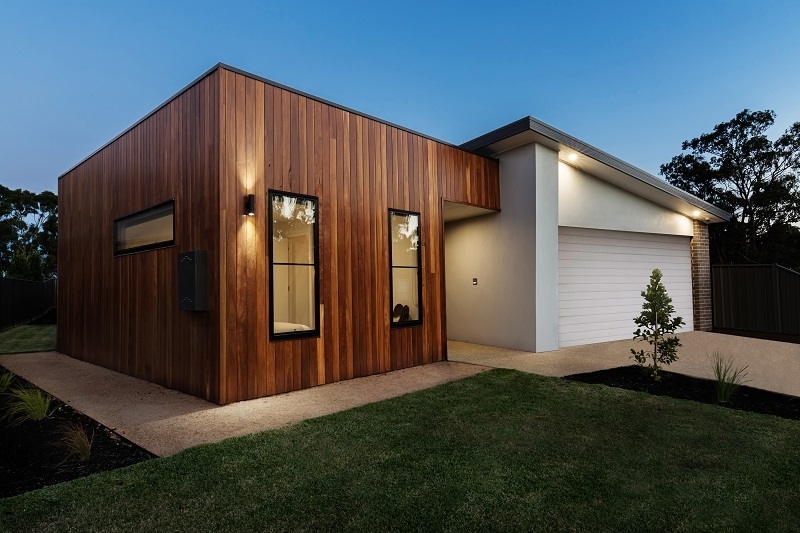What’s the Right Gap Between Cladding Battens?
Published: 09/02/22 By: Mike Bekin
Installing timber cladding can be a complex job. At EcoChoice, we see people purchasing sustainable timber for both decking and cladding projects, and we definitely get more questions about the latter! It can be tricky to get cladding right, especially if you’re installing it yourself, but with a little guidance from our experts, it can be done. One of the most frequent questions we are asked is about the gap between cladding battens. Read on to have your queries answered!
Should You Leave a Gap Between Cladding Battens?
Cladding battens are essential to a well-constructed cladding project. They help with ventilation and drainage and make the outer cladding far easier to fit. But you’ll only see these benefits if the battens are installed correctly.
One aspect of properly installed battens is a gap. To work as they should, battens absolutely must have gaps between them. But how far apart should yours be?
What’s the Right Gap Between Cladding Battens?
Typically, battens are placed at a maximum of 600mm apart. This is the case for both horizontal and vertical battens (vertical battens are usually installed into the breather membrane first). The smallest gap is usually around 300mm, and 400mm is another common choice, especially if the timber cladding will be fitted diagonally.
Be Sure of the Correct Spacing For Your Project
Getting your cladding battens properly spaced is crucial to the success of your project. Battens are used as a means of support and to make it easier to install the exterior cladding. They also provide cavity ventilation and make the entire structure stronger and more durable. But if you don’t space yours correctly, you won’t see these benefits. If you are not sure which spacing option is right for you we recommend speaking to a professional rather than using guesswork.
Other Tips For Installing Cladding Battens
There are plenty of other tips to ensure your cladding is installed properly. For example, remember that your battens should always be at a 90-degree angle to your timber cladding. It’s also wise to ensure your battens are double the thickness of your cladding to provide good fixing support. Many people paint their battens black or another neutral colour to make them less visible, helping to create a professional finish to your cladding project.
Get Help Choosing the Right Timber Battens
If you are undertaking a cladding project and need some expert advice, our team at EcoChoice will be happy to help! Whether you have questions about your batten material or how to treat your timber cladding to protect against the elements, we are always ready to lend a hand. Simply get in touch with us today, and we’ll do our best to answer your queries. We look forward to hearing from you.
Image: Jodie Johnson / Shutterstock.com
